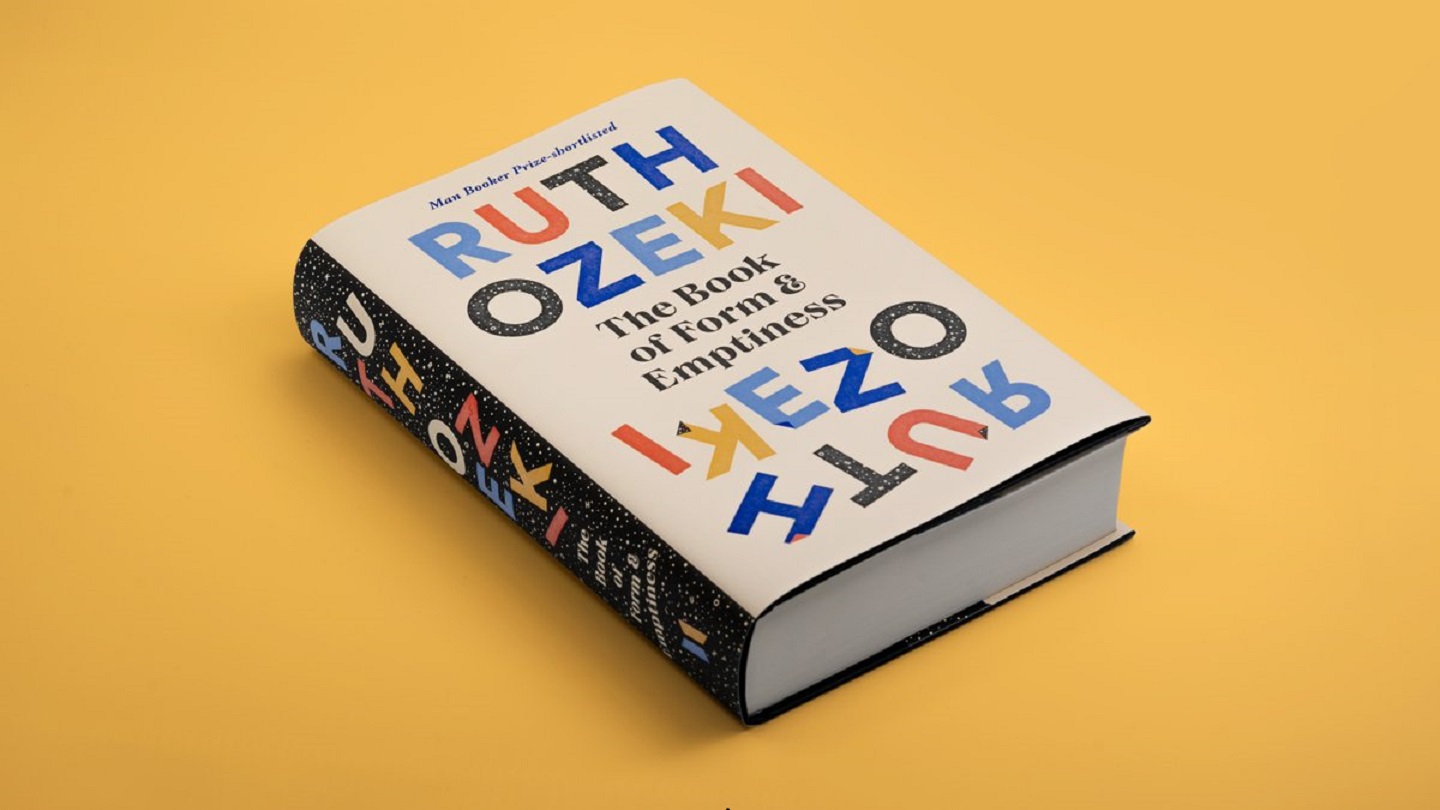
The Book of Form & Emptiness encompasses a coming-of-age narrative of a 13-year-old (Photo: Canongate Books)
Novelist, filmmaker and Zen Buddhist priest Ruth Ozeki’s latest book, The Book of Form & Emptiness, encompasses a coming-of-age narrative of 13-year-old Benny Oh as he develops an ability to hear voices a year after his father Kenji’s tragic death. Not voices of the dead, but those that never lived: objects. Benny does not comprehend what the voices are saying, but he senses their emotional tone: some are pleasant, in soothing whispers, while others are jarring and angry and evoke pain.
Benny was 12 when Kenji, a jazz clarinettist, was found dead in the alley behind their house by his mother, Annabelle. Kenji had just returned from playing at a night gig and passed out on the ground shortly before a truck driver came wheeling along, leaving Benny and his mother grief-stricken and struggling to make a way for themselves in the world.
Ozeki, author of My Year of Meats, All Over Creation and A Tale for the Time Being, invites us into the pair’s world, providing insights into their individual battles with mental illness. Benny convinces himself that he is crazy for being the only one able to hear objects while Annabelle suffers from depression due to the loss of her husband and spirals into a hoarding habit stemmed by her need for materialistic fulfilment. These issues result in constant conflict between mother and son.
On a quest to seek refuge from the clamorous voices in his head, Benny makes two friends — a homeless poet who collects bottles and challenges him to ask important questions, and a teenage girl he had met at the paediatric ward — with the public library as their daily meeting spot. It is Benny’s favourite place as everything on and around the shelves seems to adhere to the rules of the library.
Using third-person narration with occasional interjections from Benny, Ozeki invites readers to discover new dimensions by personifying various objects addressed throughout the story.
Although the book was quite a lengthy read, I appreciated how thought-provoking the writing was and in-depth the thoughts and emotions of its characters. The specific descriptions of each character led me to empathise with them, instead of instantly being critical about their impulsive and irresponsible decisions.
Purchase 'The Book of Form & Emptiness' at RM89.90 from Litbooks here.
This article first appeared on Feb 7, 2022 in The Edge Malaysia.


